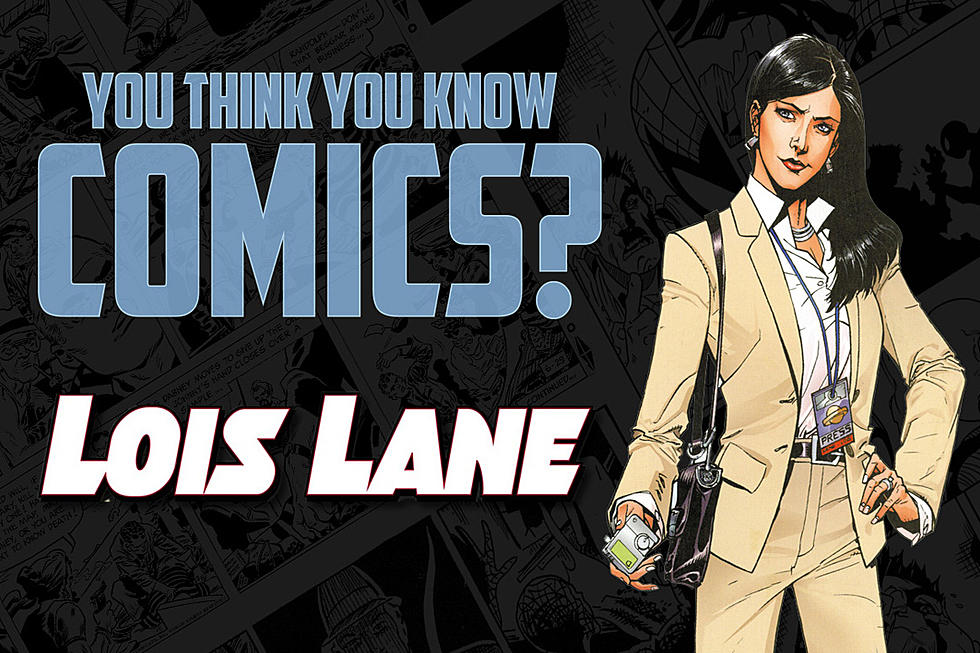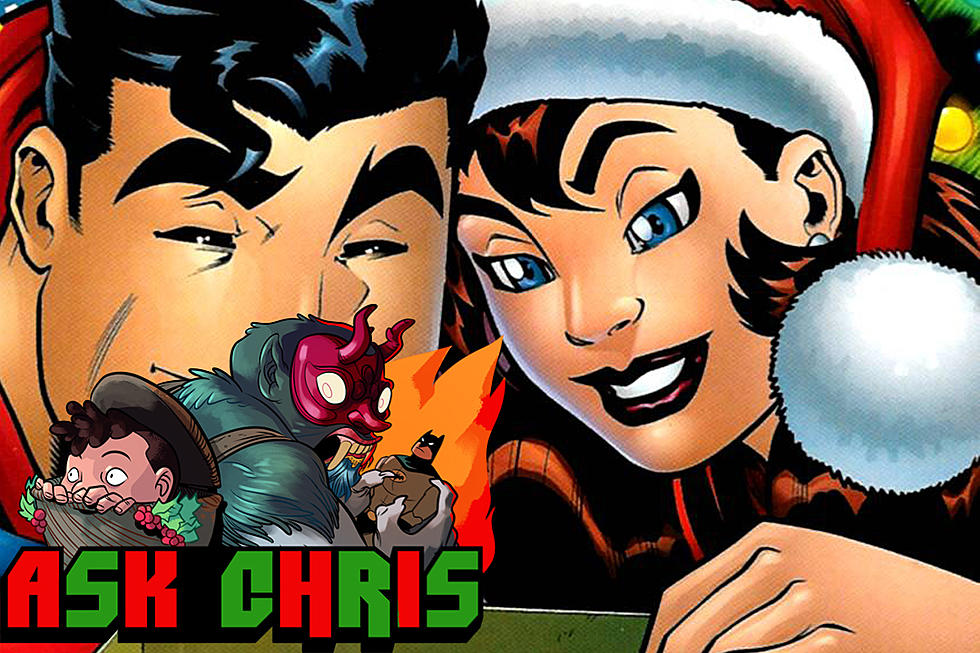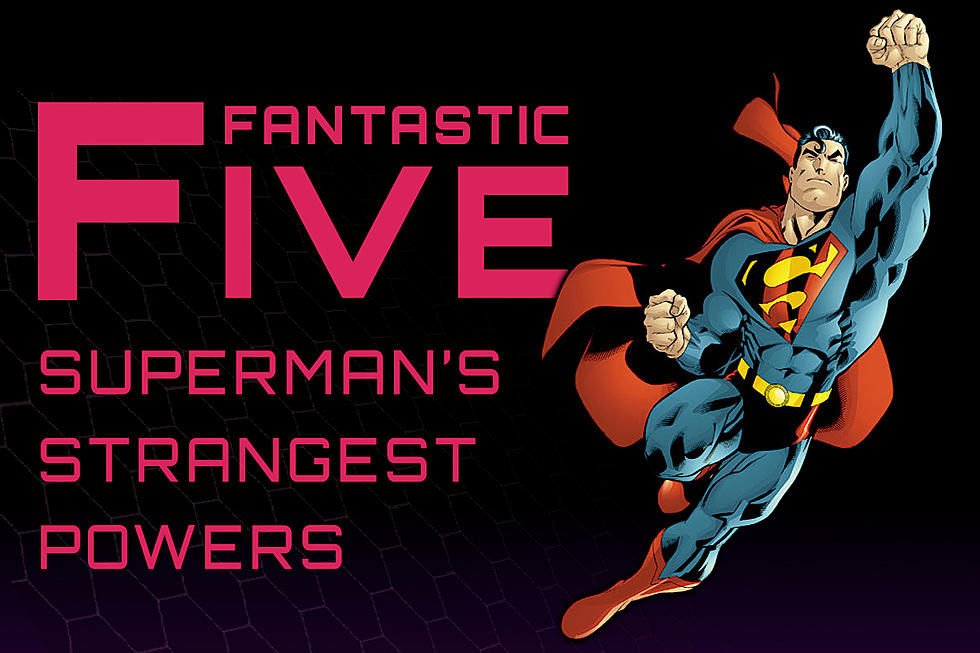![‘Investigating Lois Lane’ Digs Into Her History And The People Who Brought Her To Life [Review]](http://townsquare.media/site/622/files/2016/03/lois-feat.jpg?w=630&h=420&zc=1&s=0&a=t&q=89&w=980&q=75)
‘Investigating Lois Lane’ Digs Into Her History And The People Who Brought Her To Life [Review]
In the conclusion of comics historian and author Tim Hanley's new book Investigating Lois Lane, he puts the character's nearly 80-year history into stark relief with this line: "Superman is the worst thing to ever happen to Lois Lane."
Hanley, whose previous work was 2014's Wonder Woman Unbound, offers a rundown of Lane's many incarnations and appearances in comics and other media since her 1938 debut in Investigating Lois Lane, but he doesn't simply focus on the character's fictional world. He digs into the stories of the real people who shaped the character. It's the stories of the editors, writers, actresses and fans who made Lois who she is that truly bring the book to life.
Take, for example, the story of Dorothy Woolfolk. Not many comics fans know her name off the top of their heads, but she had as much of an impact on who Lois Lane is as anyone. Brought on as editor for Superman's Girl Friend Lois Lane in the early 1970s, she took a character who had become little more than a lovelorn target for Superman's overbearing "lessons" into a devoted activist for the women's liberation movement. Woolfolk's tenure as editor was short --- and her removal was a clear example of the entrenched sexism in the comics industry of the day.
Woolfolk is just one example of many real people whose contributions Hanley explores in the book. Of course, there are creators Jerry Siegel and Joe Shuster, but there are also the real-life women who seemed to serve as inspiration for Lois (and a real-life love triangle that involved one of them). There was editor Mort Weisinger, who presided over the "Lois needs to learn a lesson" stories of the 1960s. There were writers Tamsyn O'Flynn and Mindy Newell, two of the first women to actually put words in Lois' mouth. There's actress Phyllis Coates, who played Lois in the first season of the Adventures of Superman TV series, and who was so good that actor George Reeves insisted she share top billing with him.
By far, I found these to be the most intriguing stories that Hanley shares. That may be because I have a particular interest in comics creators, but it also gives some much-needed context for Hanley's descriptions of the various depictions of Lois over the years. These stories don't happen in a vacuum, and if Hanley had focused strictly on how Golden Age Lois differed from her Silver Age, Bronze Age, Modern Age and current characterizations, his book would be worse for it.
That could be why the book loses a bit of steam at the end. Perhaps because it's harder to get people who worked more recently on the character to talk about the people involved in the stories and the environment they worked in, the background information becomes considerably more sparse by the time Hanley reaches the stories of the 1990s. Instead, Hanley offers only recaps of the stories and critiques of the art of the era. His commentary is smart throughout, but the book's final sections would be even more edifying if there were more about, say, Dan Jurgens, Jerry Ordway, Geoff Johns, Grant Morrison, the editors of the time, and so on.
Perhaps the decline of the letters column plays a role in that, too. Some of the most enjoyable sections of the book are digressions into topics such as how the Superman comics of the 1950s compared with the Archie line of the time, and how fans reacted to various things in letter columns.
For instance, Hanley describes how an increasingly frustrated Mort Weisinger had to shoot down fans who demanded that Superman really teach Lois a lesson by spanking her. And this isn't just a case of the author making fun of the fans of the day; it's an illustration of how the stories of the time and Weisinger's own rhetoric could lead fans to believe spanking was a reasonable conclusion.
As I've gotten older, I've found myself increasingly identifying with Lois. Part of that is because I worked as a newspaper journalist for a few years, but adulthood has also brought me a sense of the importance of making the best of the tools I have --- while people around me use incredible, seemingly superhuman gifts to shine like stars. Hanley does a great job of capturing when creators nailed that aspect of Lois. At her best, she's extraordinary, even when standing next to a Kryptonian god.
He also shows how the creators who imbued Lois with those characteristics managed to shine, too. That's the true accomplishment.
More From ComicsAlliance


![Fantastic Five: Best Comic Book Couples [Love & Sex Week]](http://townsquare.media/site/622/files/2017/02/couples.jpg?w=980&q=75)






